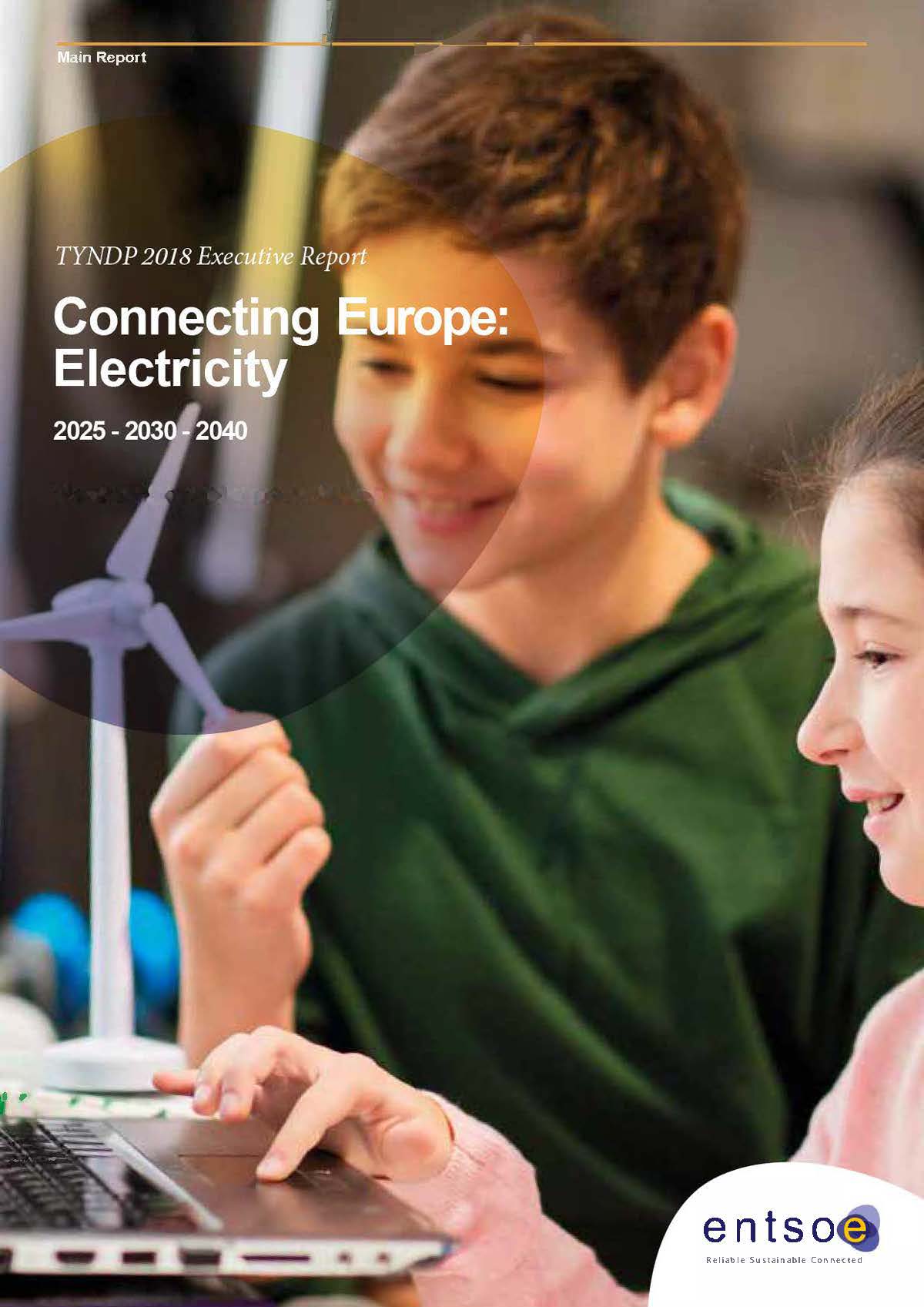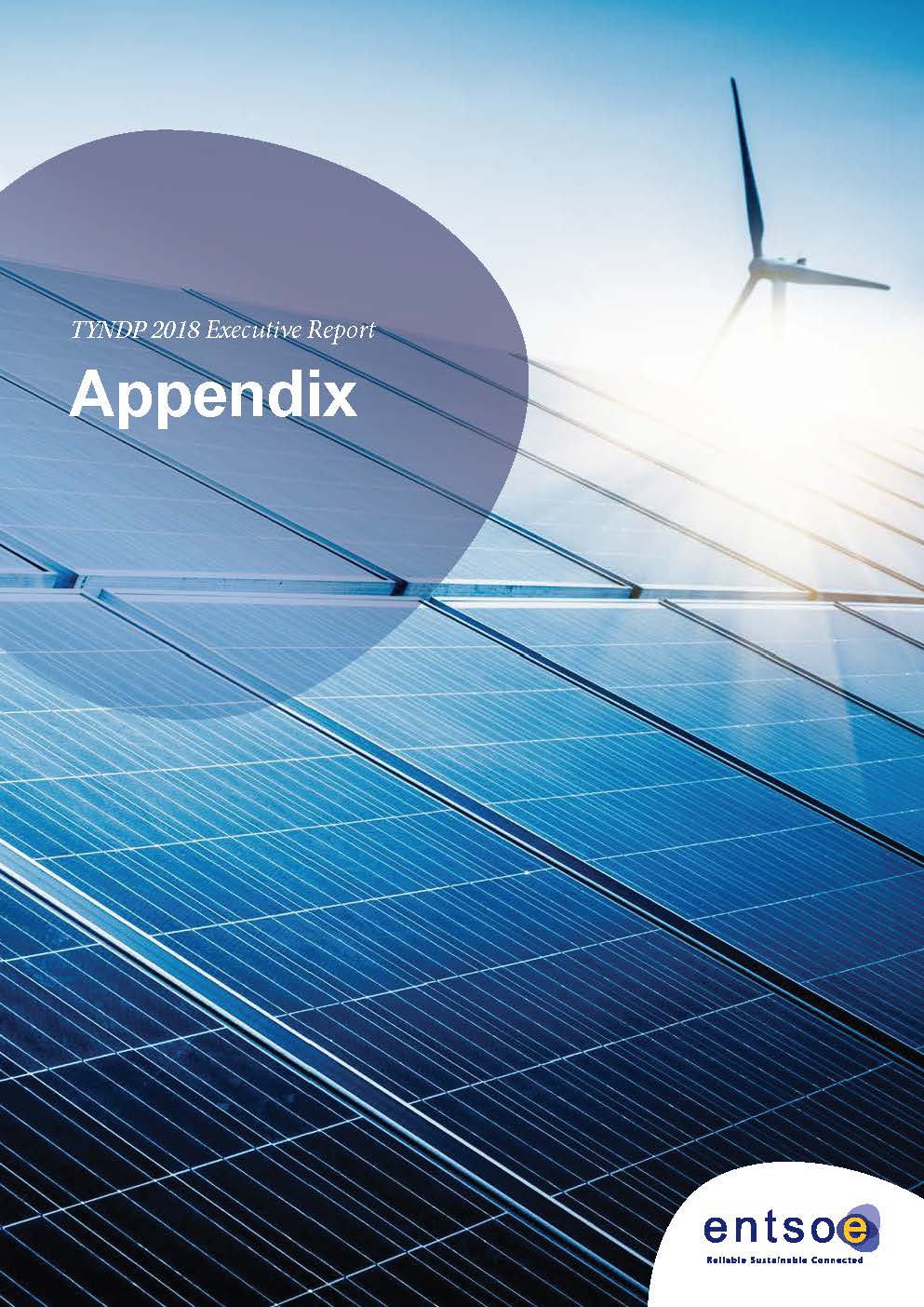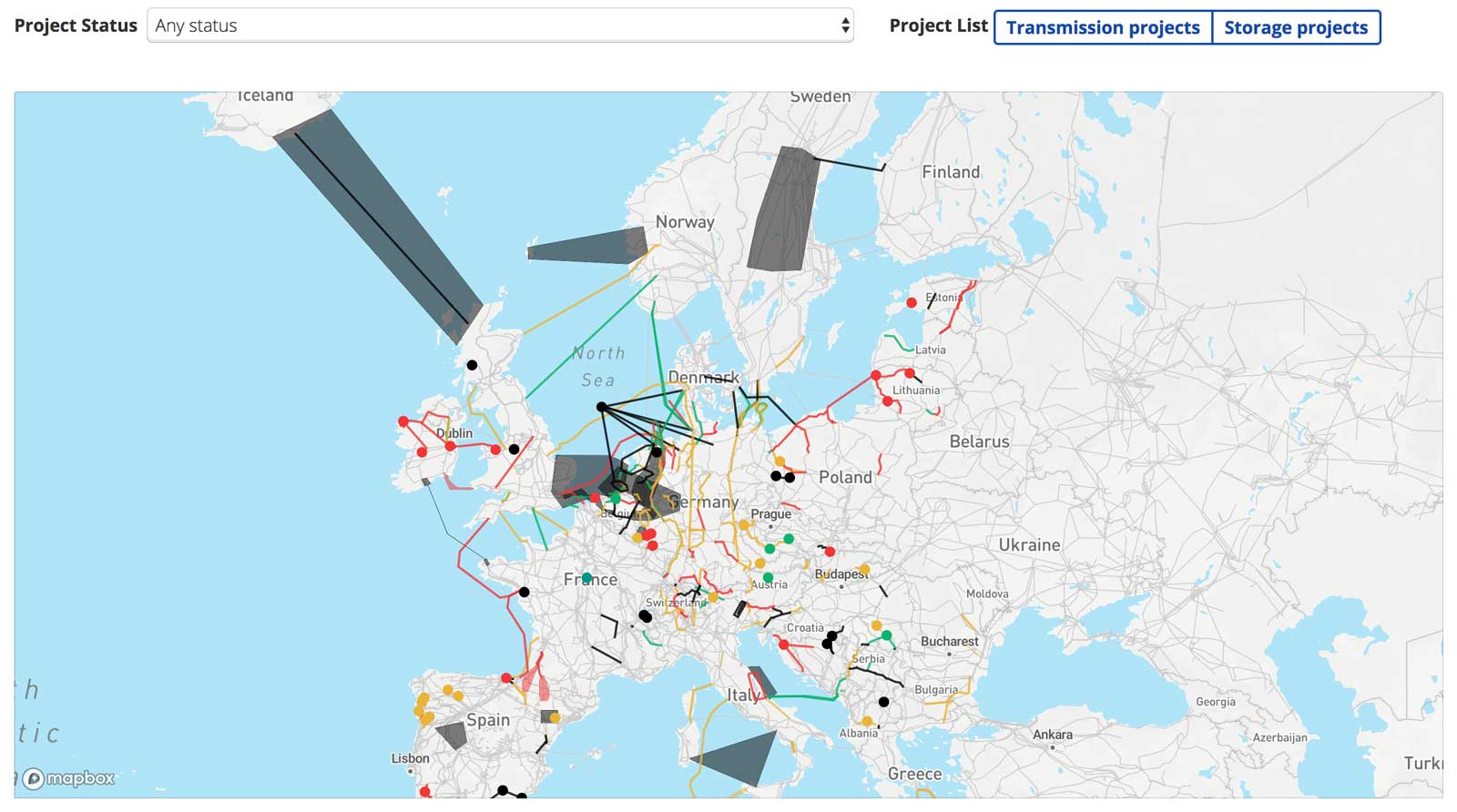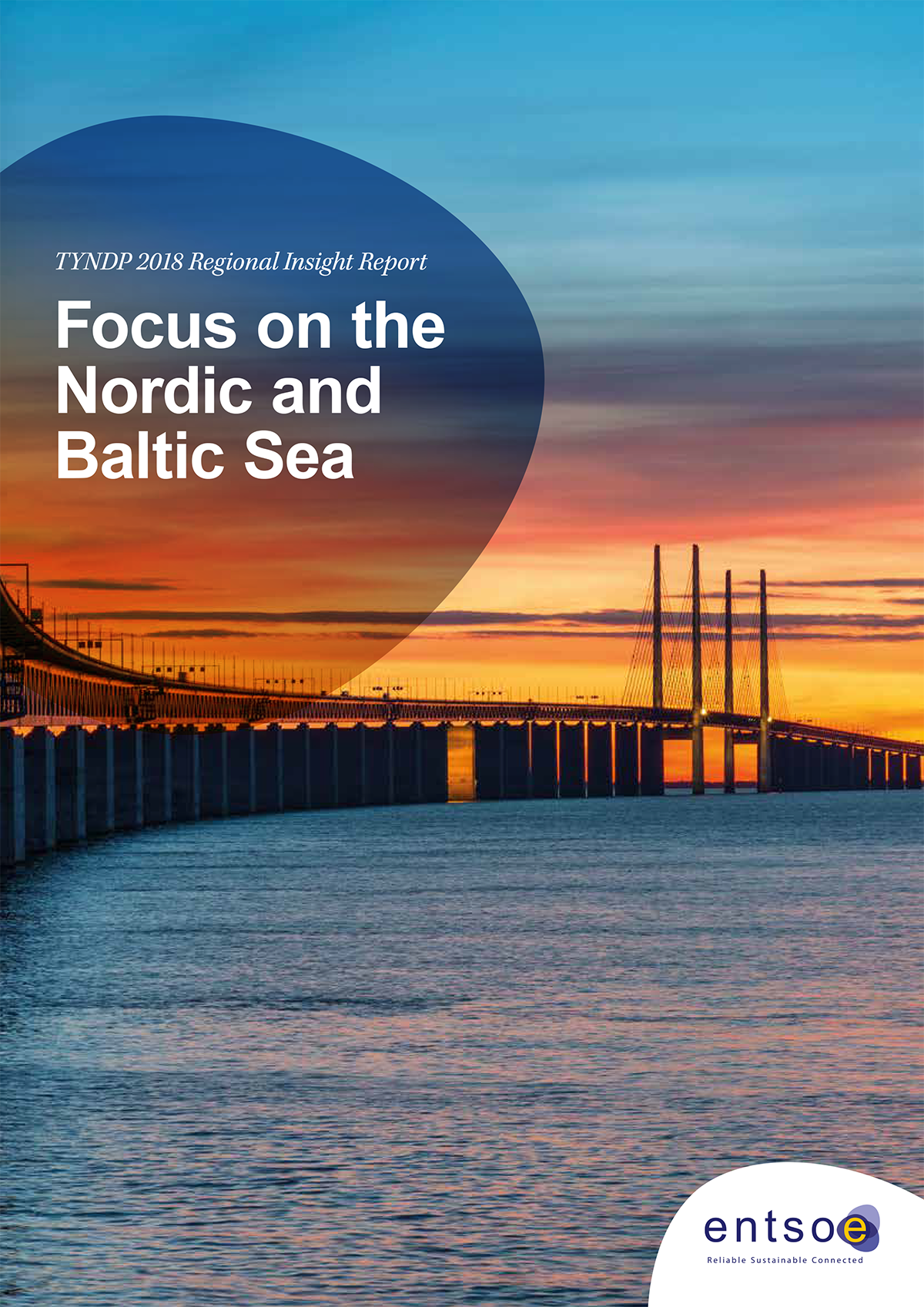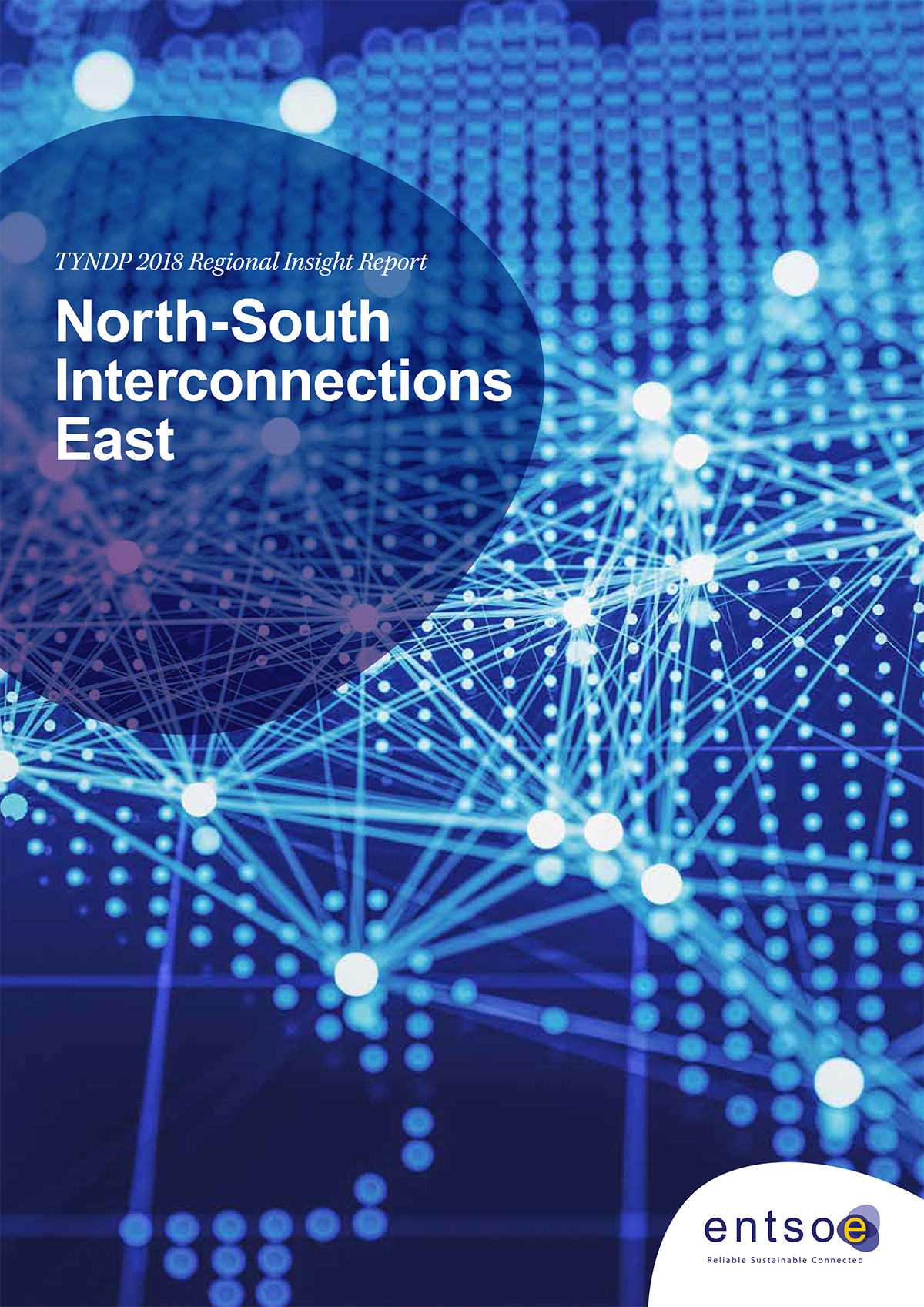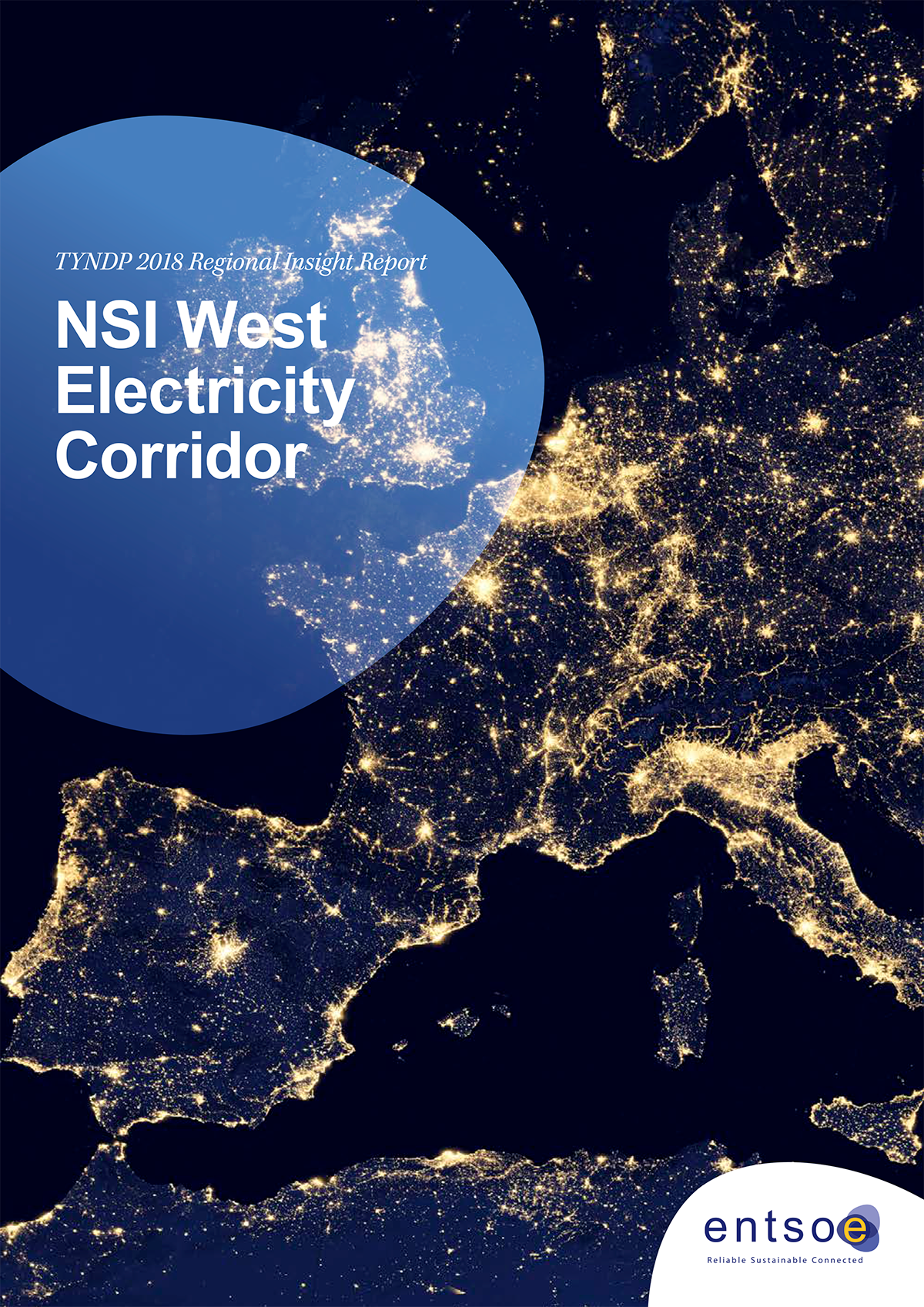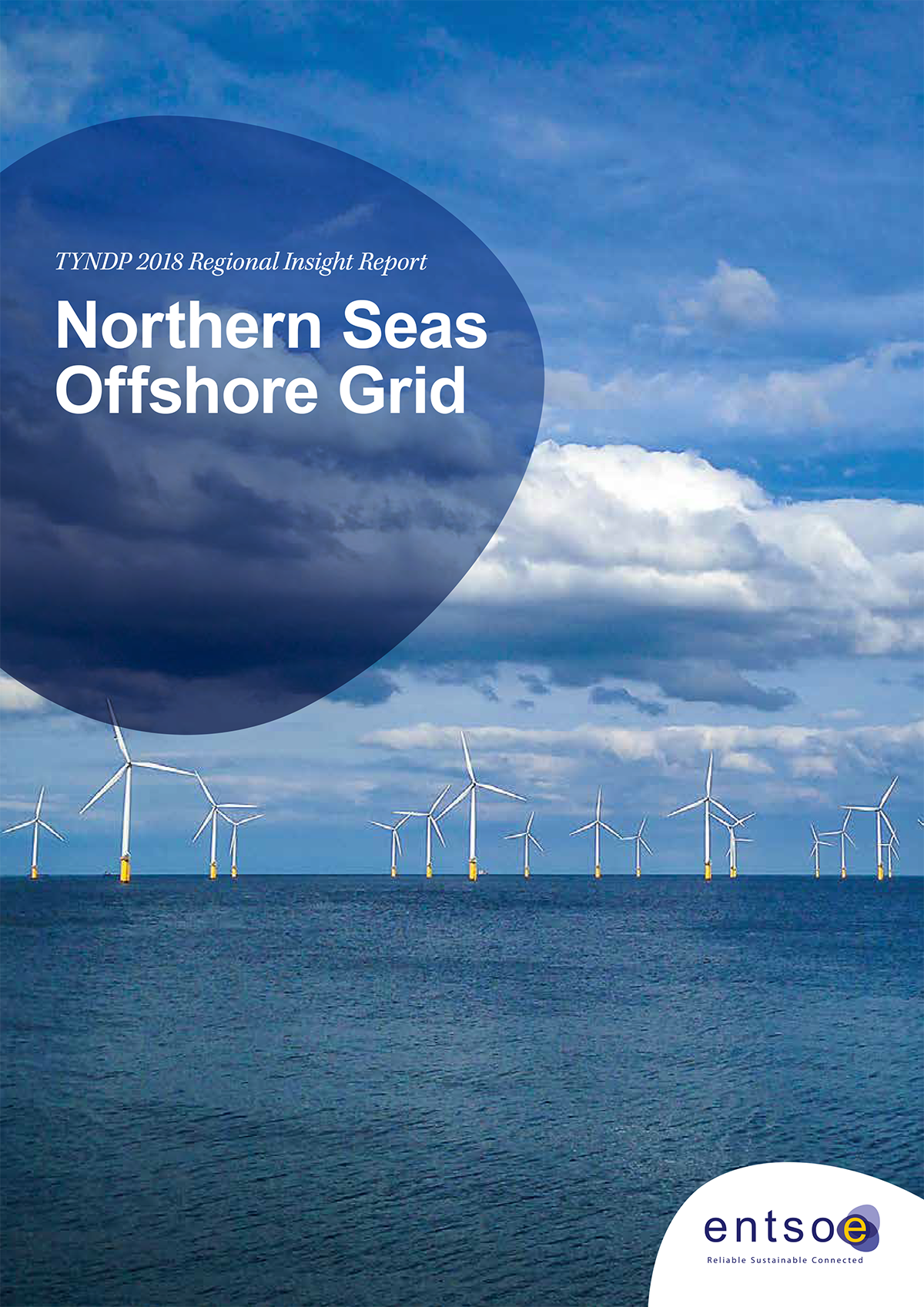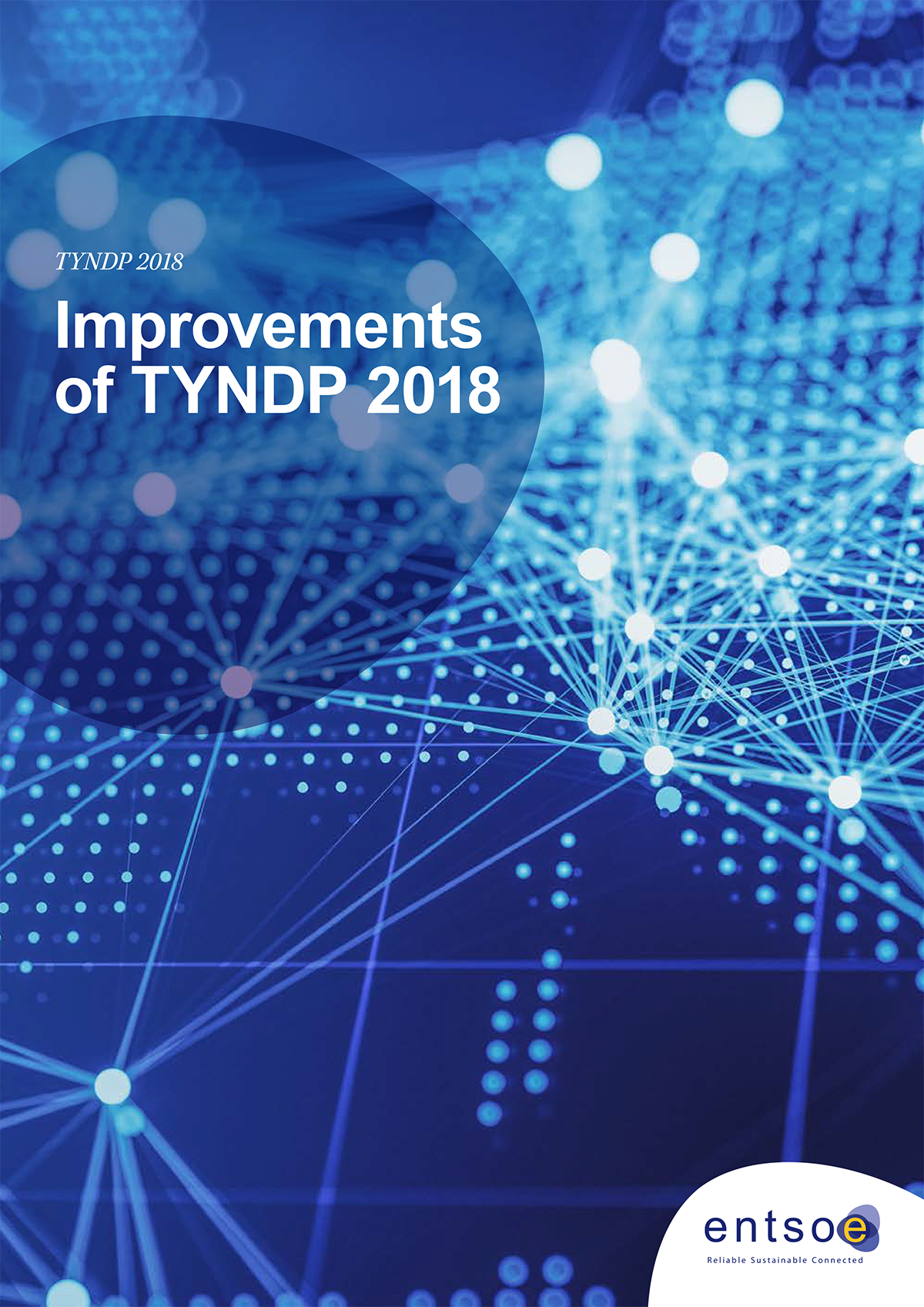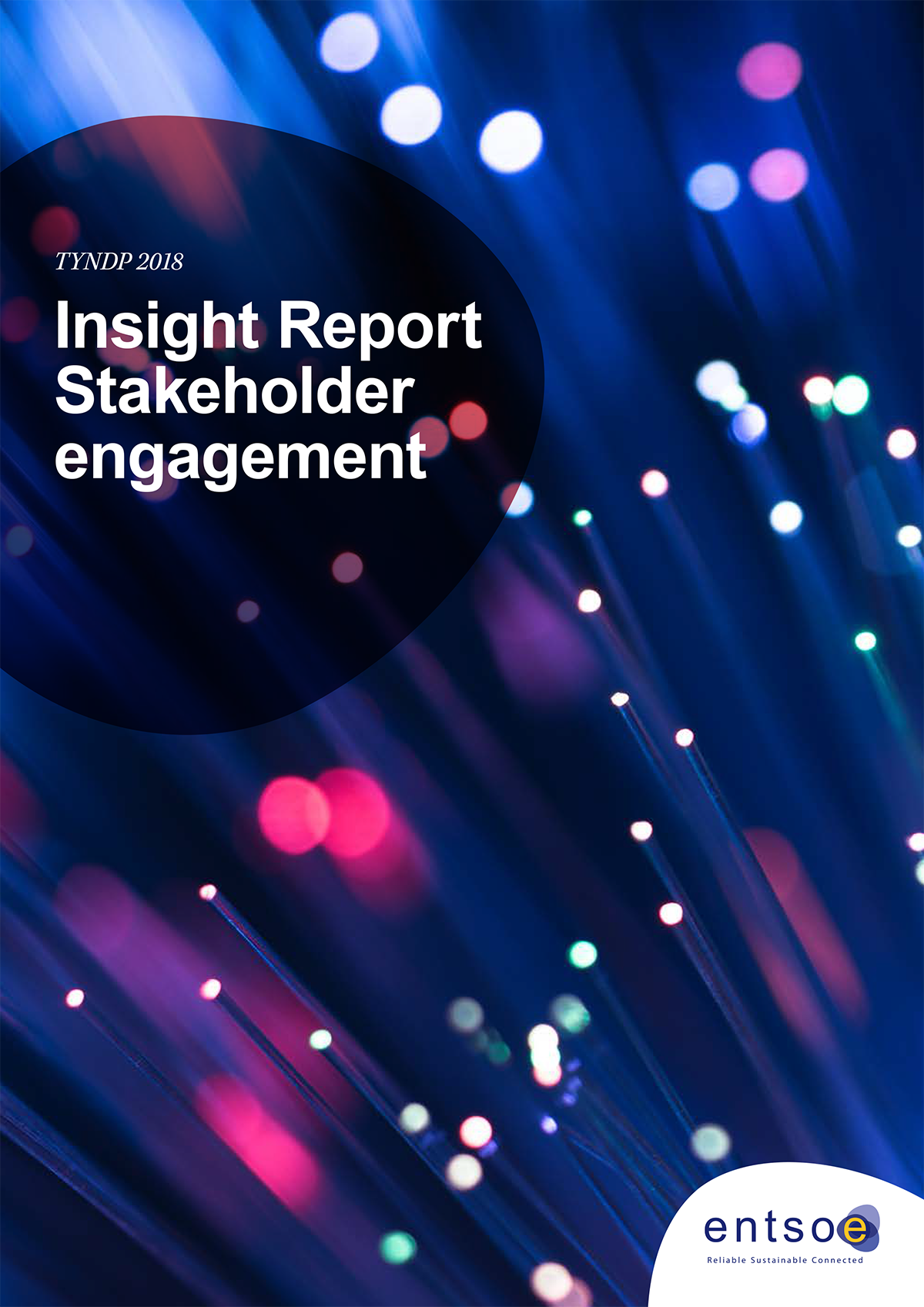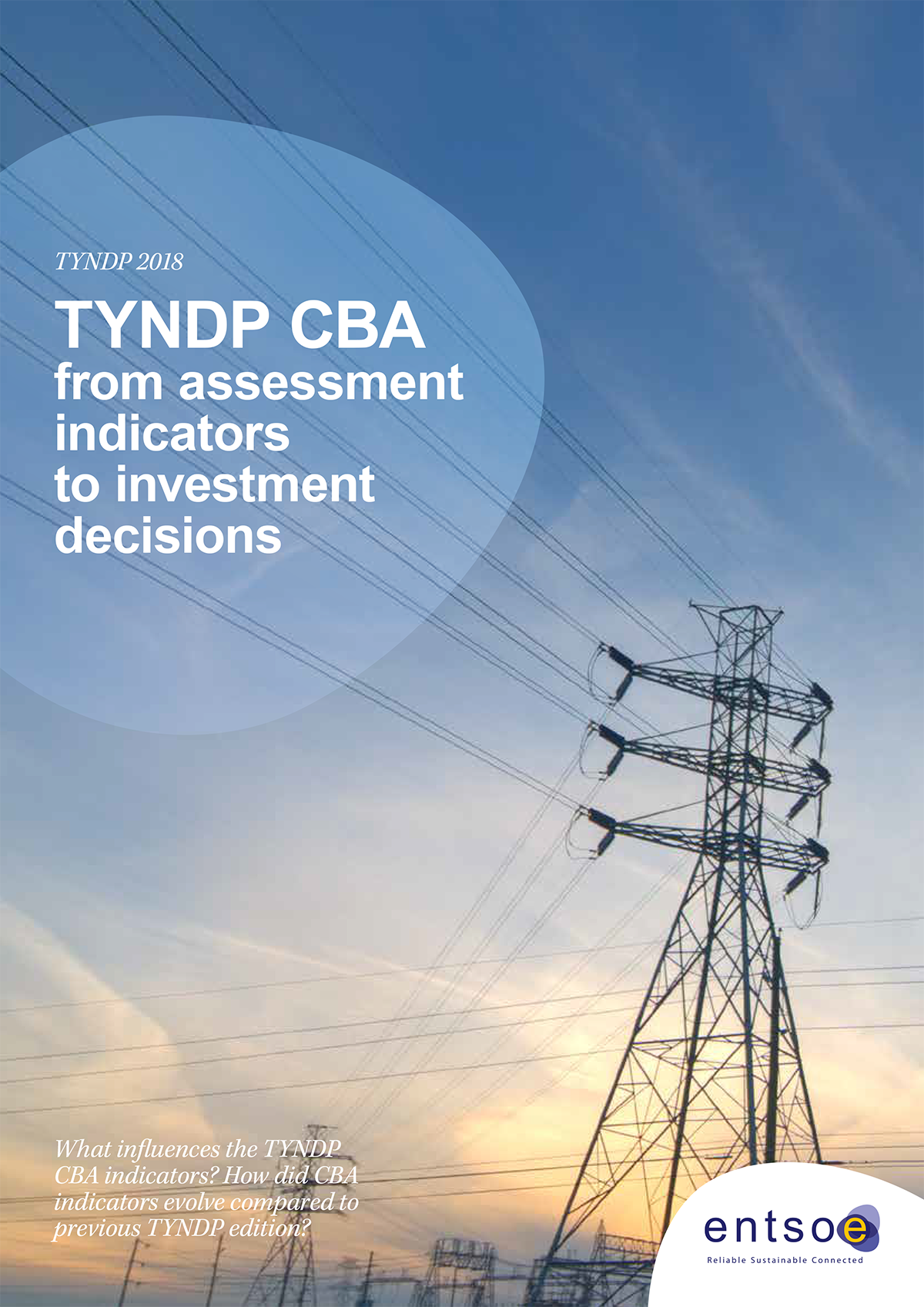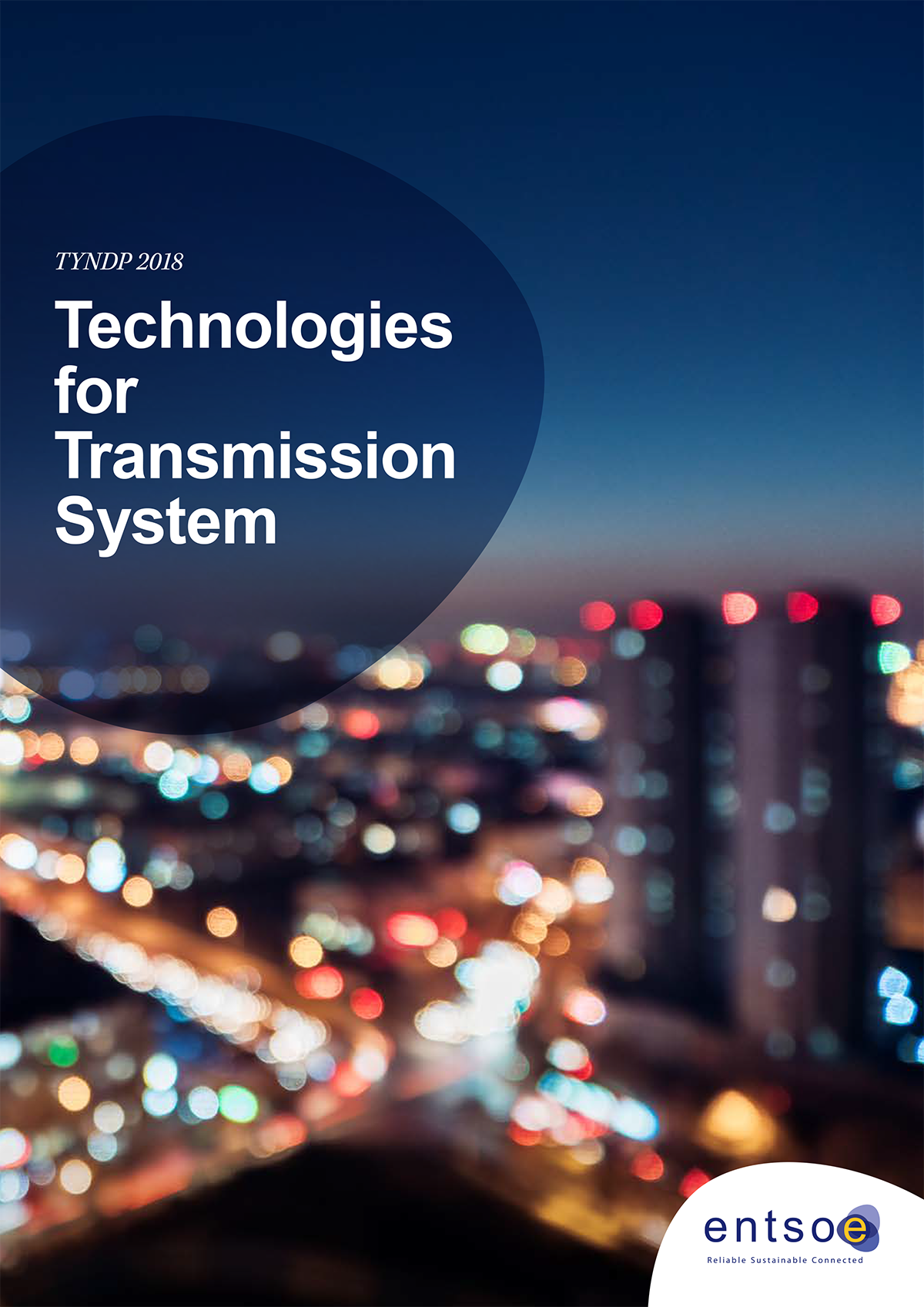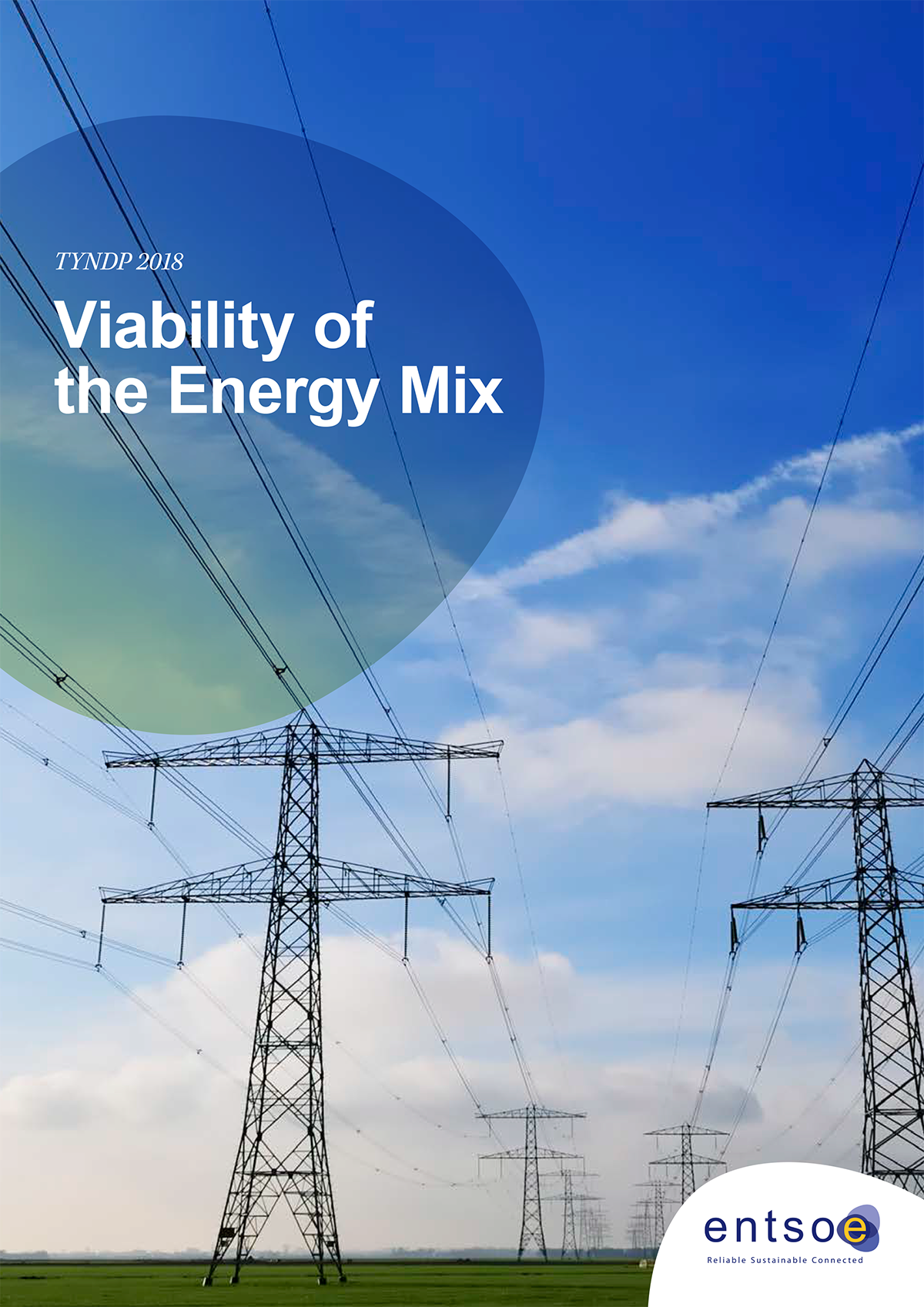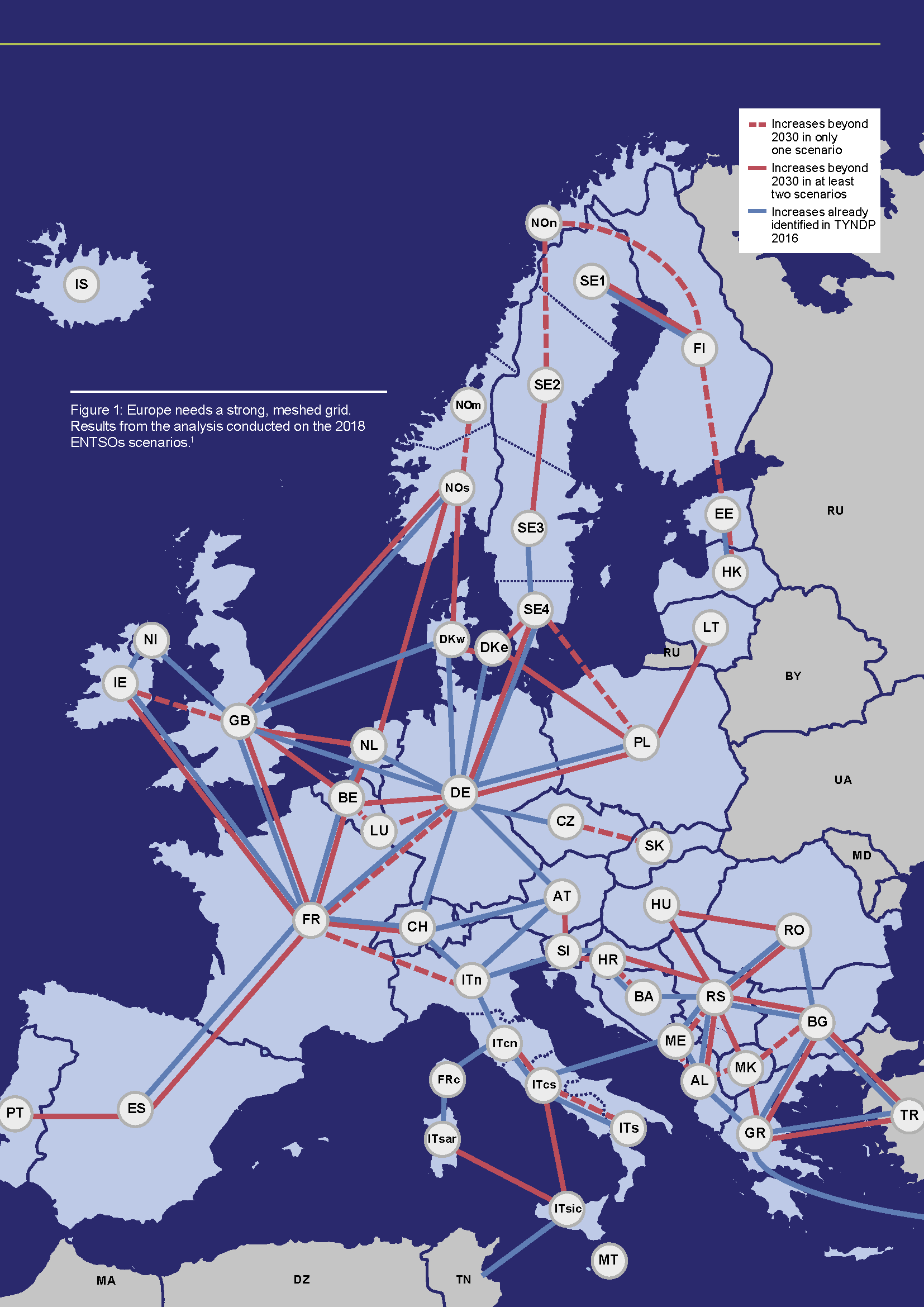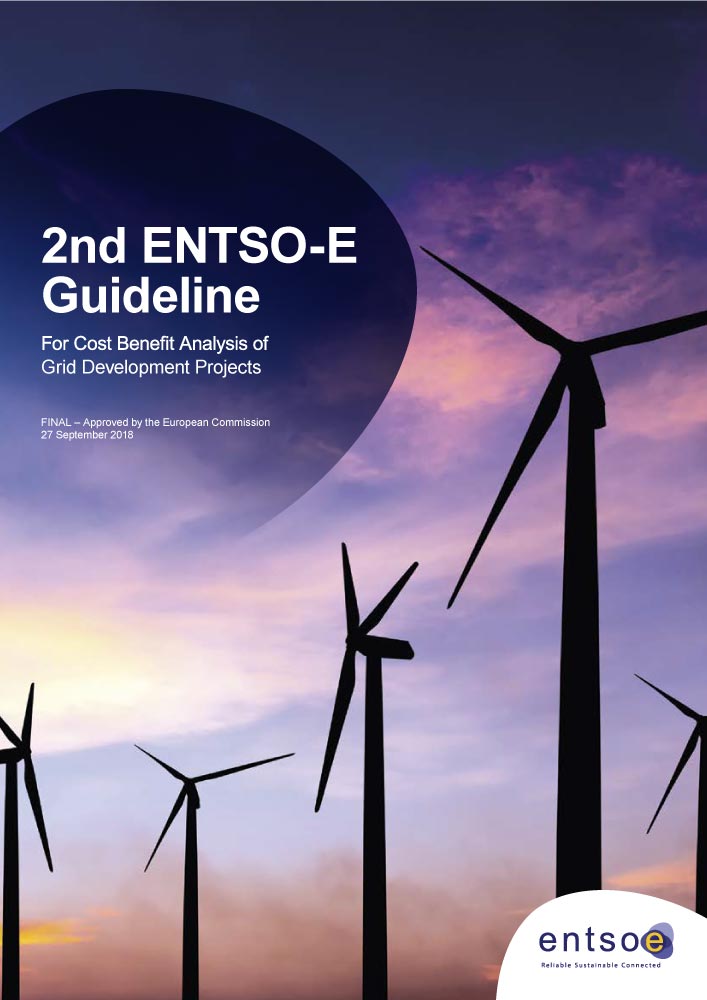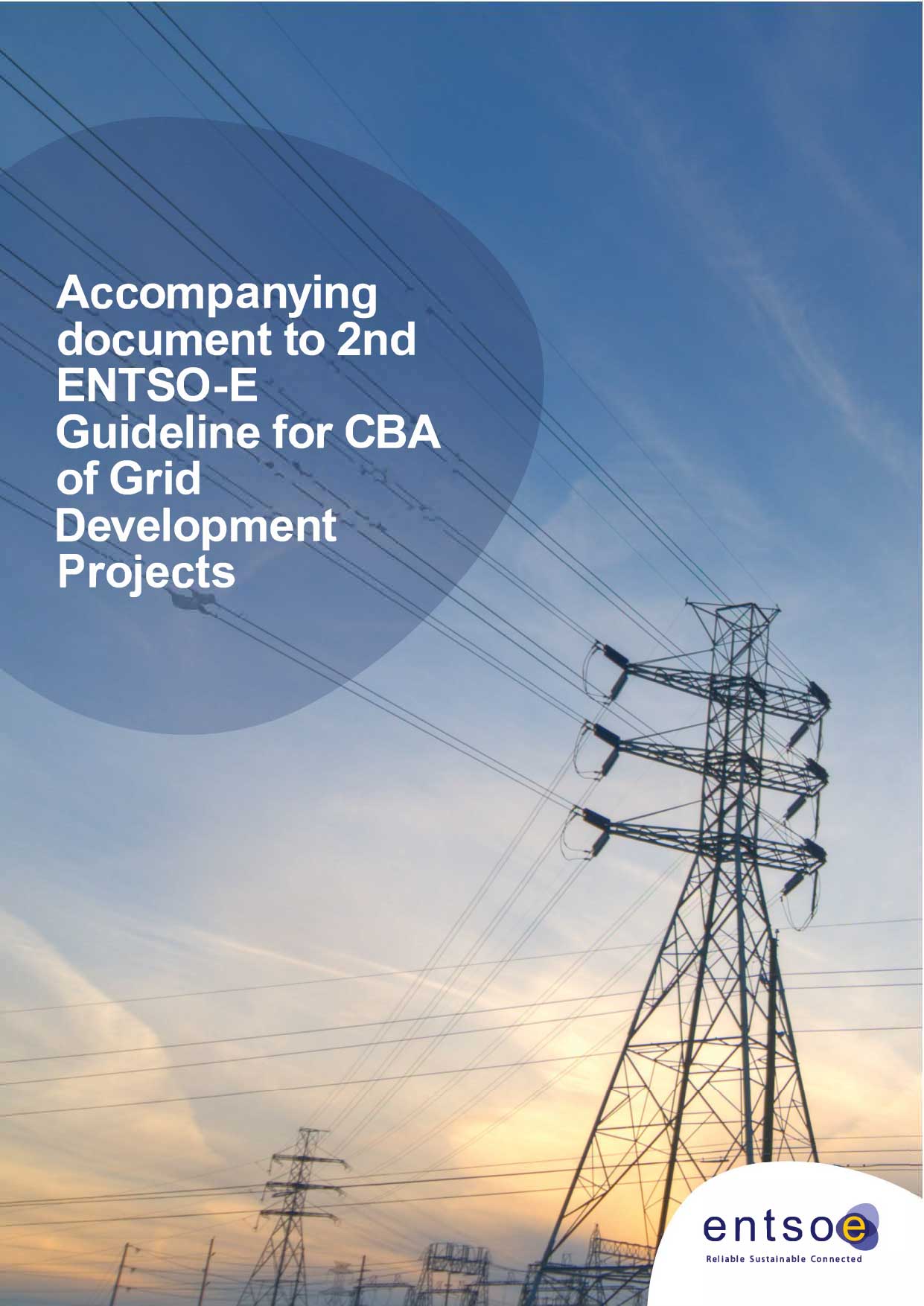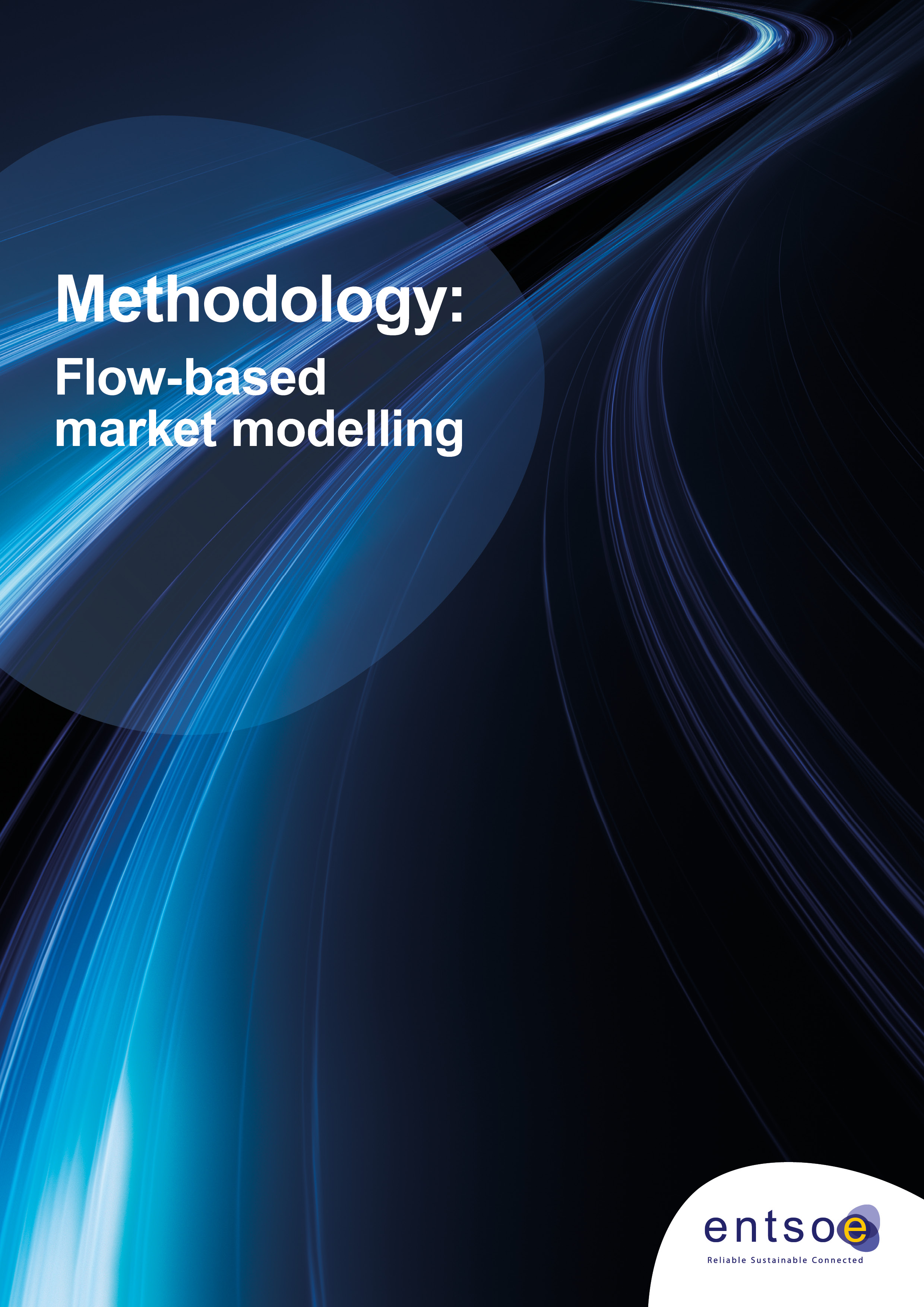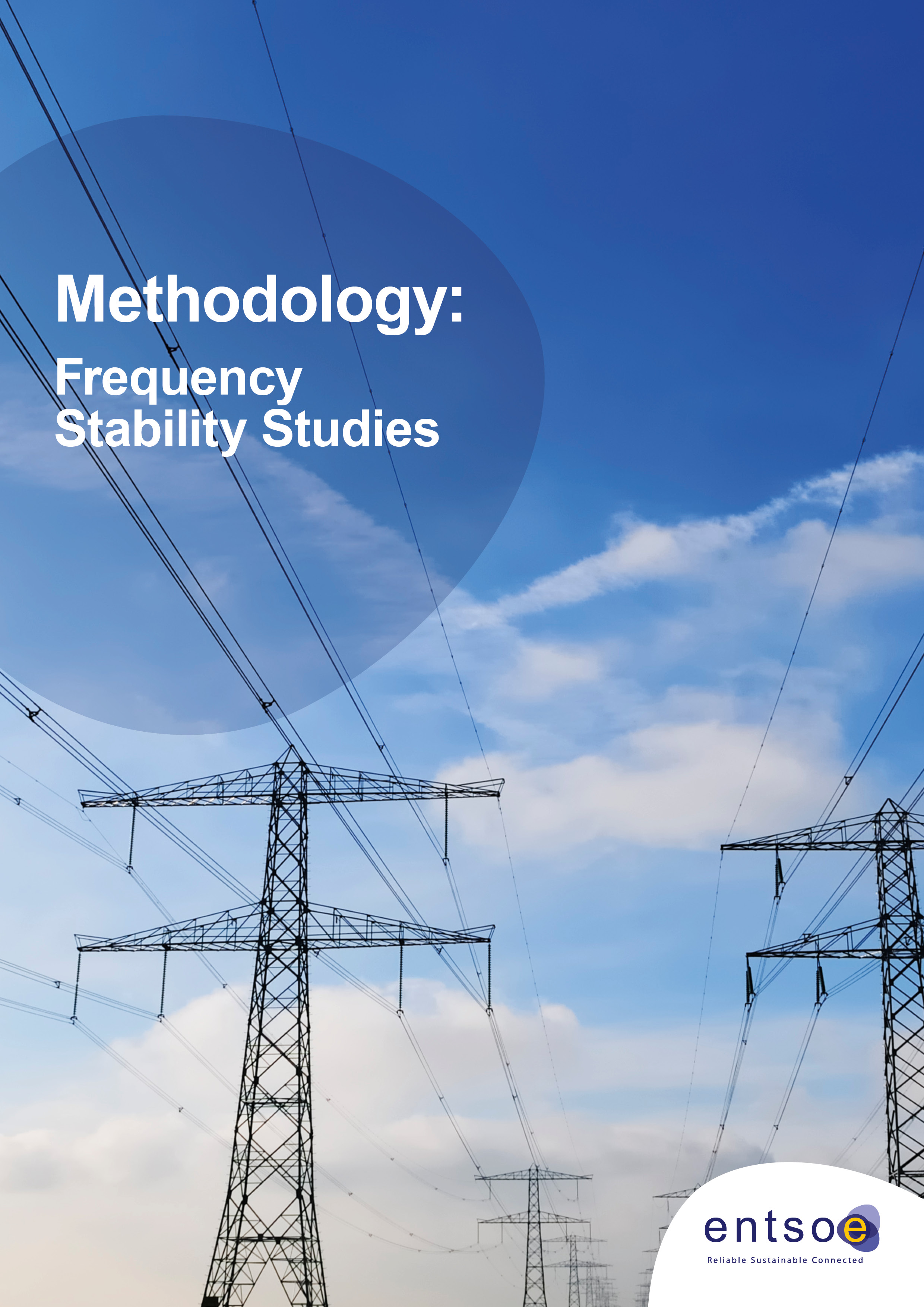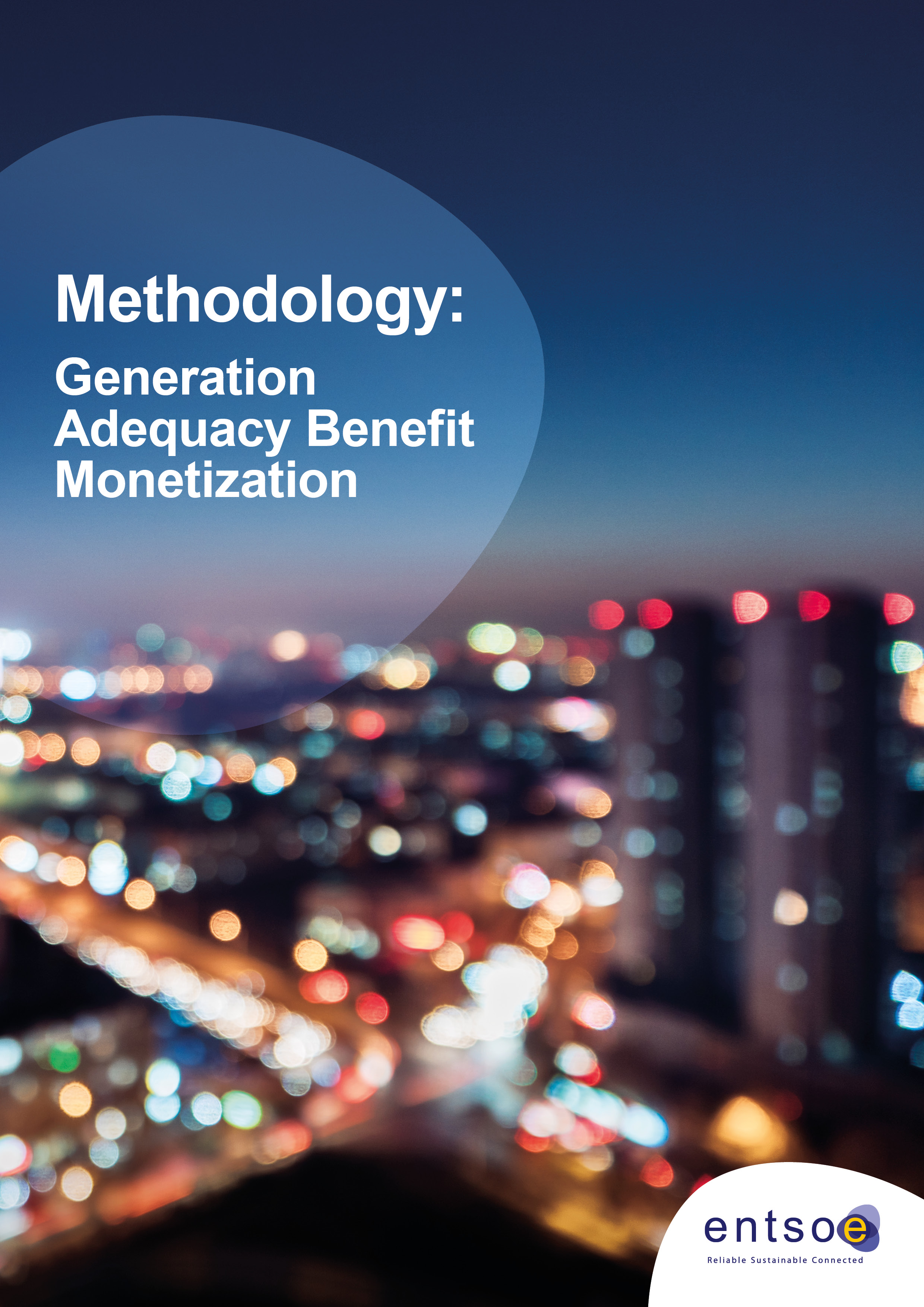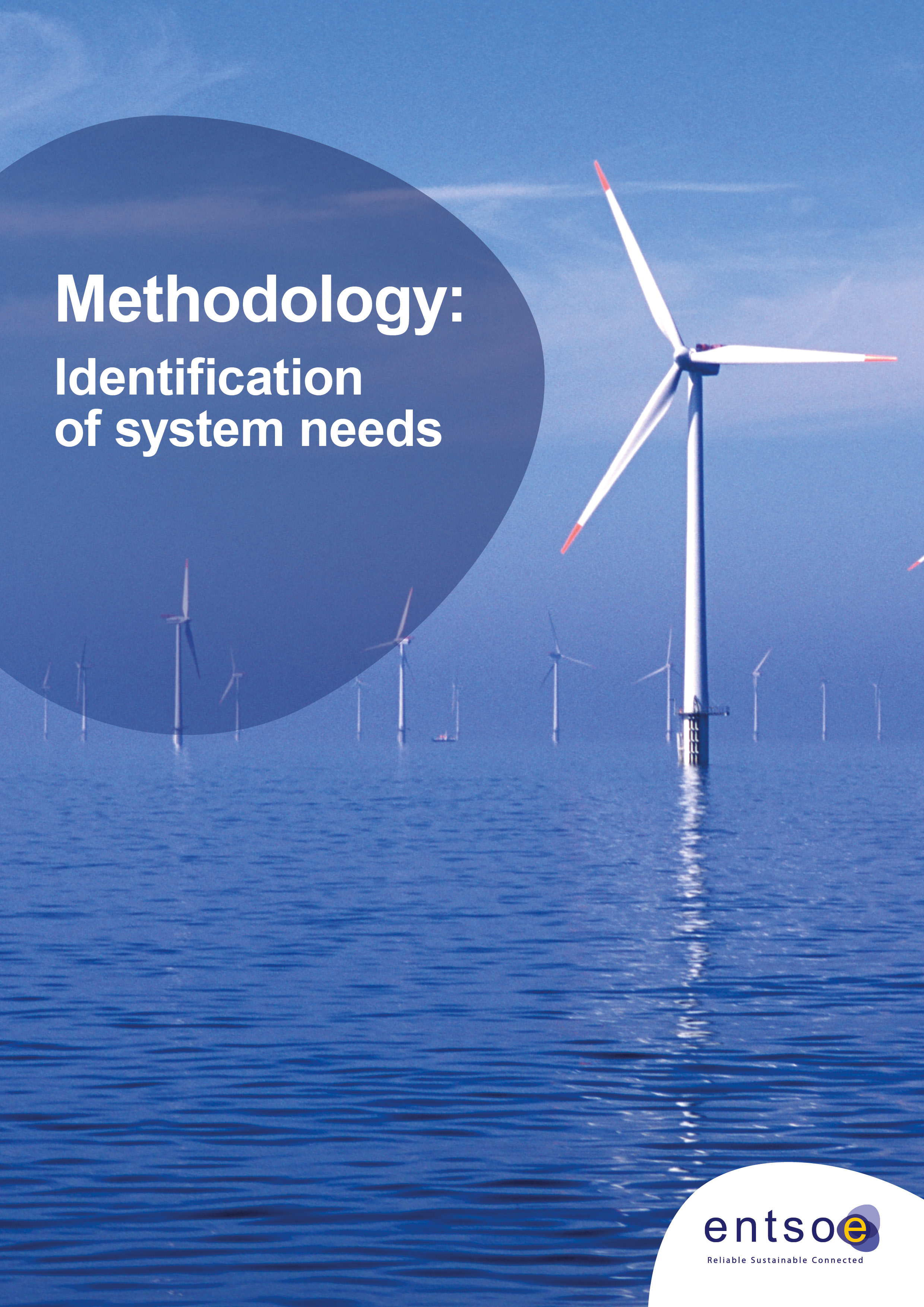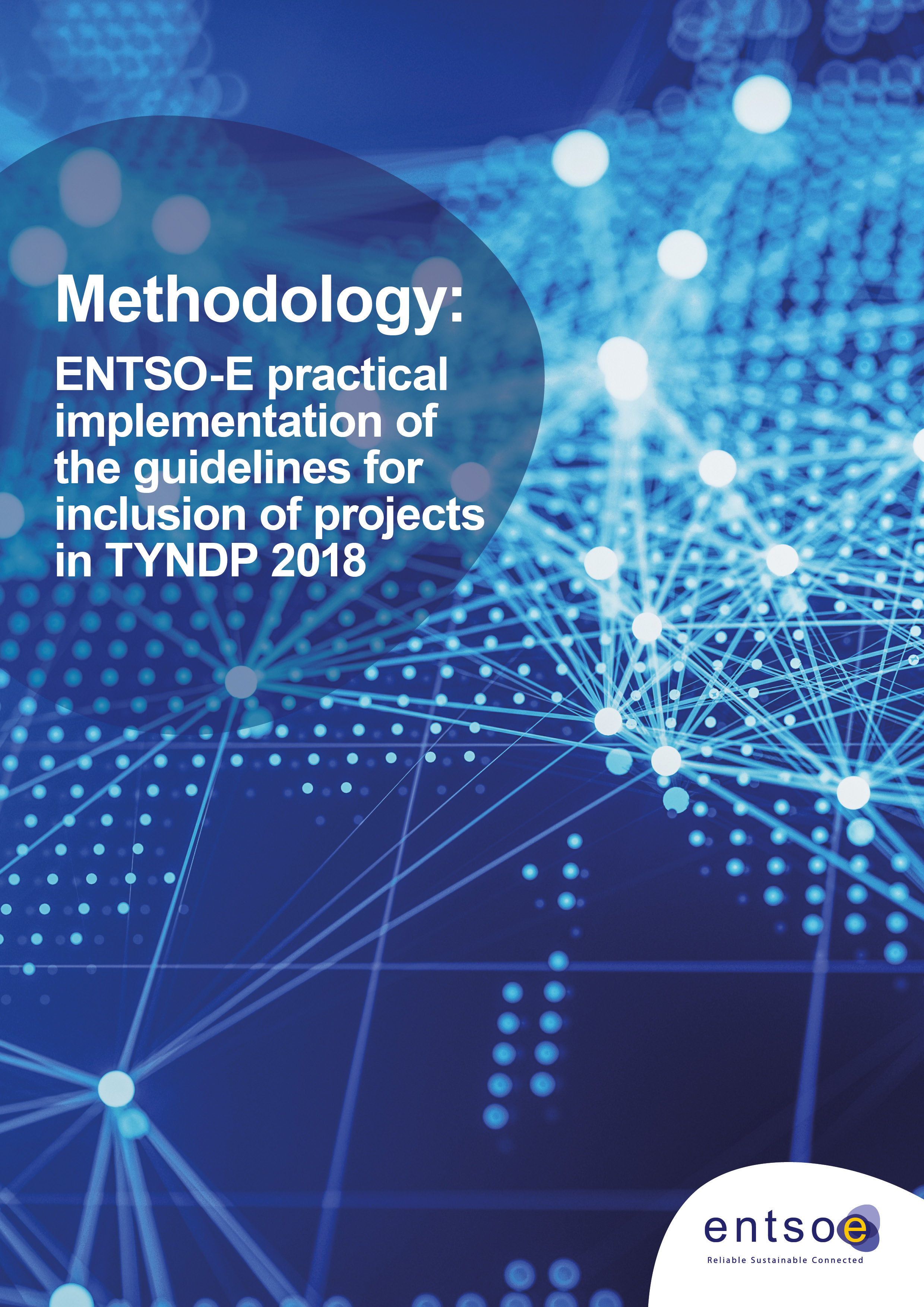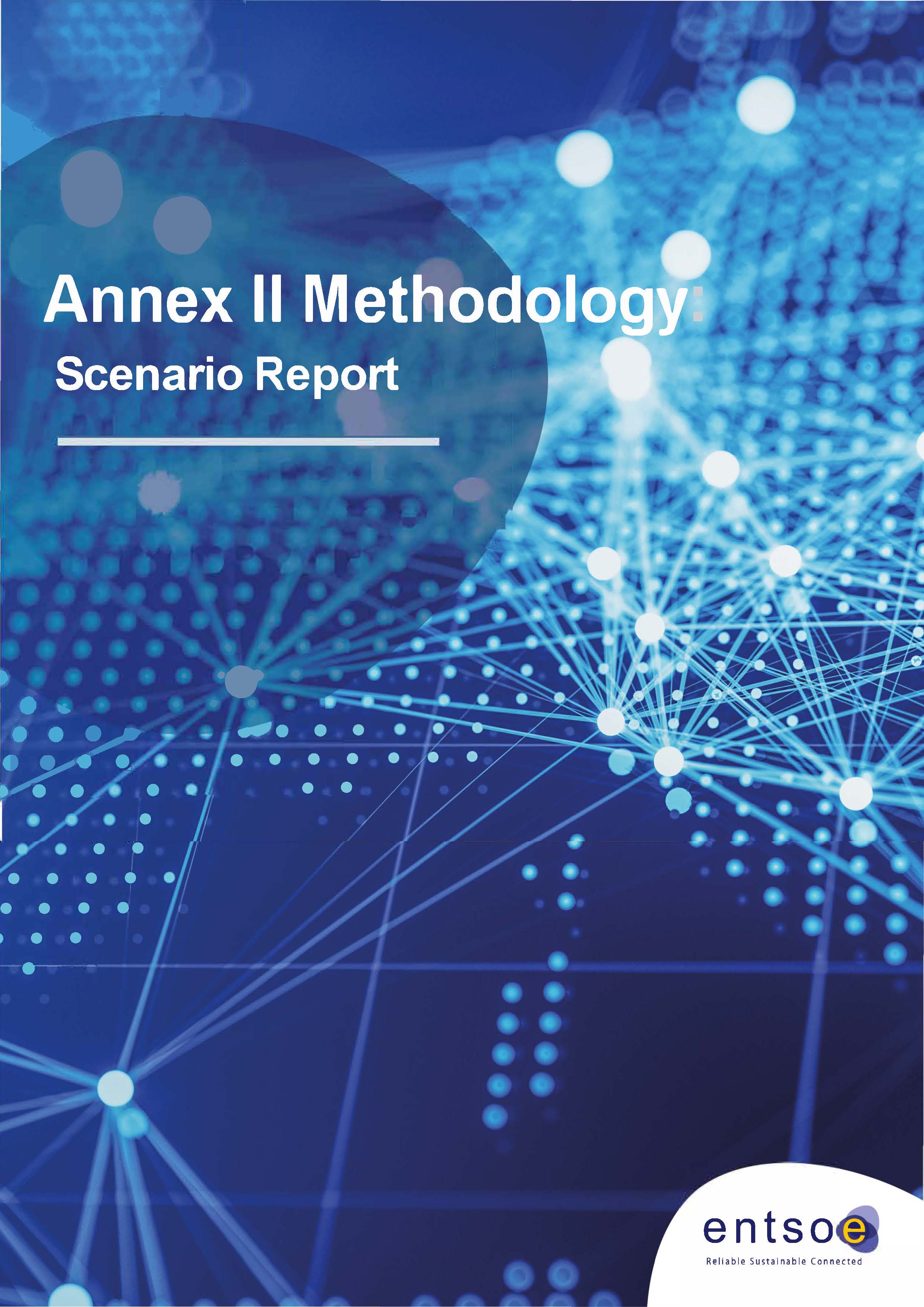Home
TYNDP 2018 Europe's Network Development Plan to 2025, 2030 and 2040
A major change is here, which will impact all Europeans. Europe must reach its ambitious decarbonisation objective and succeed in the successful deployment of variable renewables while keeping the costs of transforming the system as low as possible and guaranteeing the continuous secure access to electricity.
The solution to tomorrow’s challenges will be the parallel development of all possible solutions, including putting prosumers at the center of the system, changing the role of historic generators, digitalising the system, promoting storage and smart demand technologies, finding new efficiencies wherever we can and developing new electricity interconnectors.
Achieving this requires a coordinated, pan European approach to electricity system planning.
This site presents the TYNDP 2018 package revised after the public consultation and after ACER opinion.
ENTSO-E’s answer to ACER details how each recital was addressed. We thank all stakeholders, ACER and the European Commission for their contribution to building the TYNDP2018.
Regions
Focus on the development needs and current development projects, their impact and effectiveness to meet regional and EU targets and policy in each of the four Trans-European Networks for Energy (TEN-E) electricity priority corridors.
Communications
This sections includes the reports related to TYNDP communication
Consultation responsesTechnical
This section contains the reports related to project assessment in the projects of common interest regions as defined by the european commission
TYNDP 2018 - Scenarios
Europe Power System 2040
Methodologies
The Regulation (EC) 347/2013 mandates ENTSO-E to draft the European Cost Benefit Analysis methodology which shall be further used for the assessment of the Ten-Year Network Development portfolio. In this section, you can consult the entire CBA guideline used in this TYNDP. It is the results of a 3 years brainstorming and development process including dozens of ENTSO-E and external experts. It was submitted to the European Commission for approval in 2017.
In this section, you can also find detailed explanations on the methodologies followed through the TYNDP. If you would like to replicate our calculations, use our data or approaches in your own studies or better understand how the TYNDP was made, do not hesitate to contact the ENTSO-E team.

